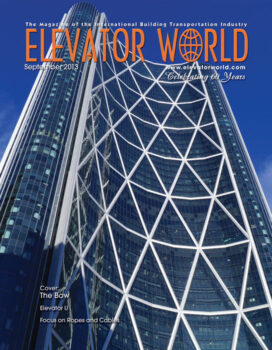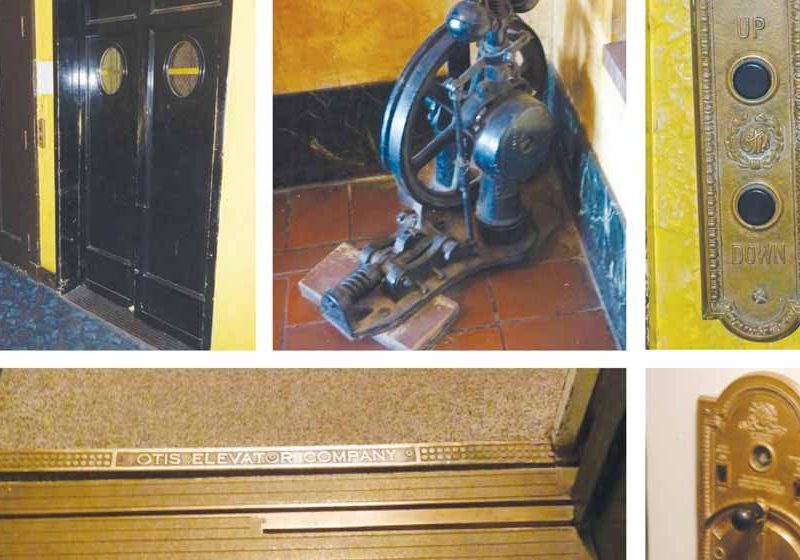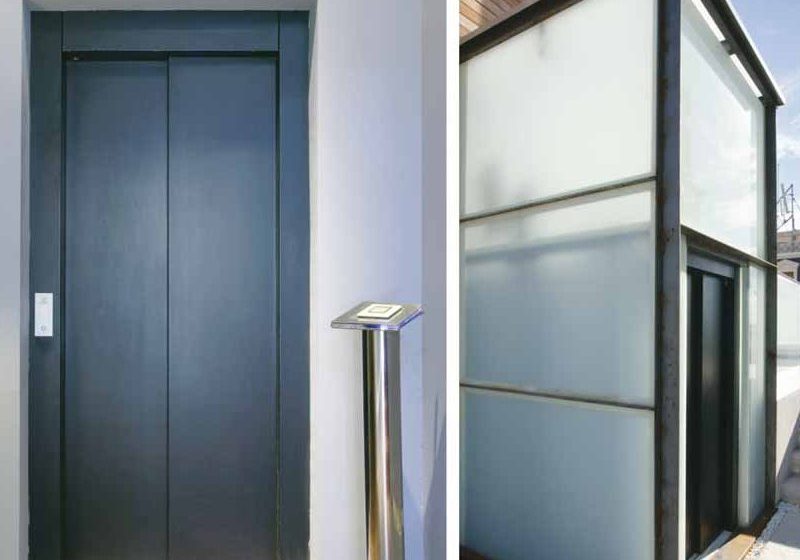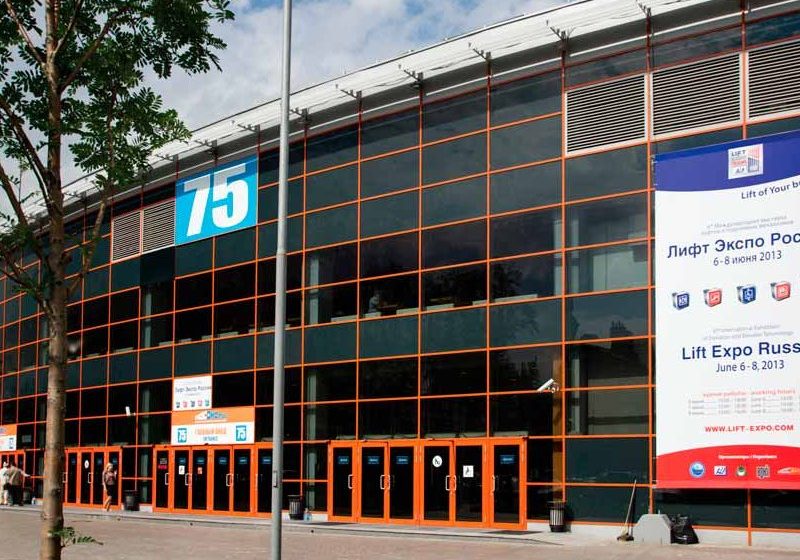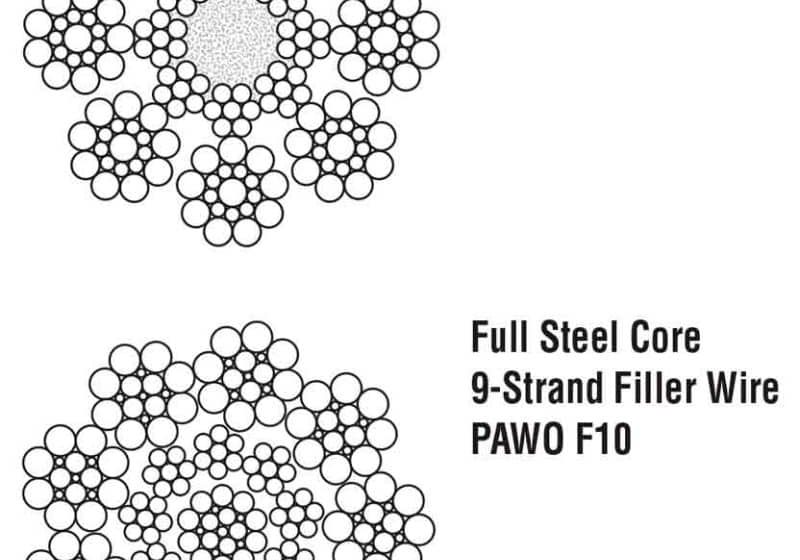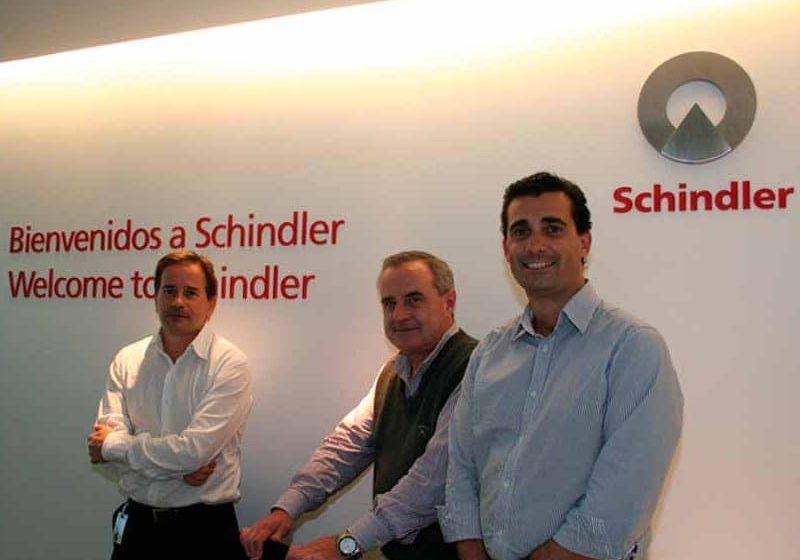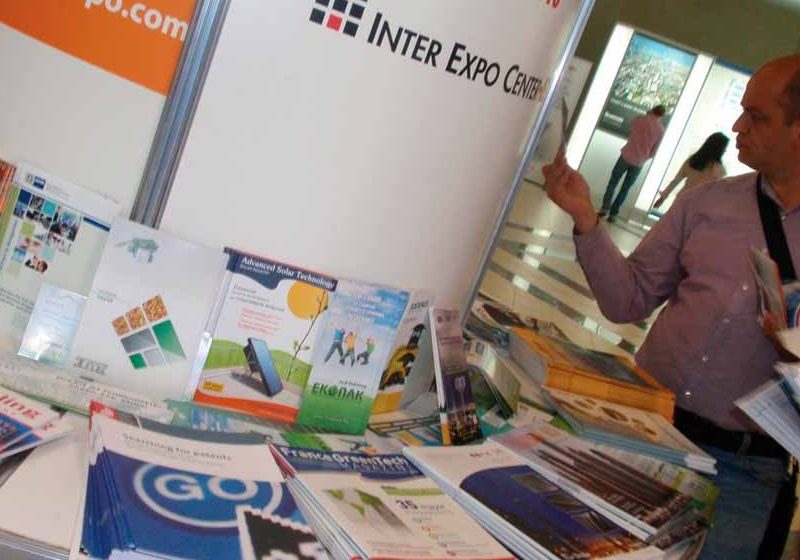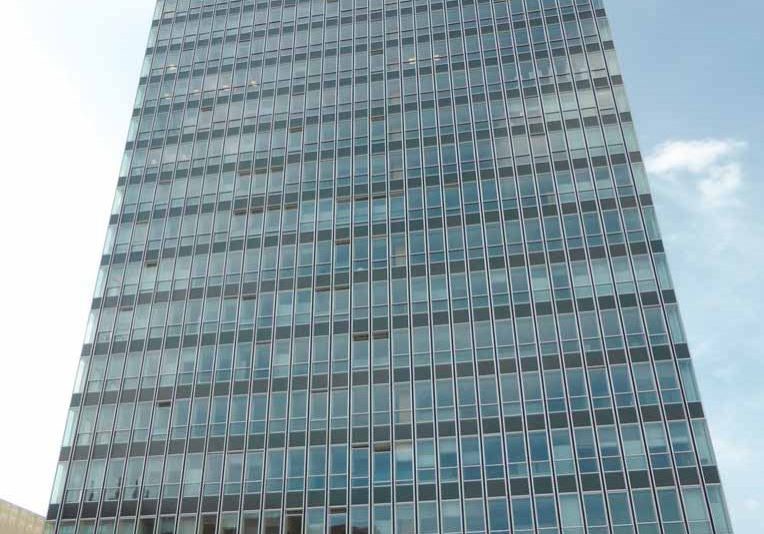Elevating Calgary to Another Level
Several design features make the 1.7-million-sq.-ft. building unique in North America.
The Bow in Calgary is a modern office tower with a strong eco-friendly presence. Several design features make the 1.7-million-sq.-ft. building, which officially opened in early June, unique in North America. Not the least of these is its advanced elevator system, co-designed and developed by Toronto-based KJA Consultants Inc. The project was developed by Matthews Southwest, with architectural services provided by a collaboration of London-based Foster + Partners and Toronto firm Zeidler Partnership Architects. The construction manager was Ledcor, and the owner is Toronto-based H&R real estate investment trust. In 2006, the team tapped KJA as elevator consultant.
A number of designs were considered, including one for two towers – north and south – with the north tower at 60 stories and the south tower in the 40-story range. Eventually, the team decided to focus on one north tower at 58 stories. Foster + Partners revealed its first set of “big vision” designs for the new tower in October 2006, and the design group fine-tuned specifics on such aspects as its elevator system.
Elevator System Design
A sky-garden concept dominated from the early stages of design. Logically, this led to a sky lobby-based elevator system. One of the biggest challenges was placing the sky gardens on floors where the diagrid terminated in order to give occupants an unobstructed view of the Bow River. The diagrid repeats every six floors, and, as such, the sky lobbies had to be located at floors that were multiples of six; floors 24 and 42 were chosen.
The team examined a range of elevator-system designs to find the one that best matched the architects’ vision. Several hundred elevator simulations were carried out to achieve the optimal solution for every prospective design. KJA considered and reviewed both traditional and double-decker elevator layouts. Ultimately, a sky-lobby system was found to be a natural fit. This maximized the efficiency of the elevator core and elevator performance, minimized the core footprint within the building and complemented the overall vision for The Bow.
In a sky-lobby system, passengers take an express elevator to a common lobby, where they then transfer to a local elevator traveling to various intermediate floors within a given zone, including their destination. The advantage of this system is an elevator with a high core efficiency.
KJA’s team of analysts highlighted the architects’ desire to incorporate large, open spaces, where office staff could meet and socialize – the opposite of a more typical, sterile office environment. All three gardens (located on the 24th, 42nd and 54th floors) have trees, an open café and a coffee shop, the idea being that one never has to leave the building to enjoy the outdoors. The sky gardens also complemented the elevator sky-lobby system. Consequently, Zone 1 serves the ground floor to floor 24, Zone 2 serves floors 24-42, and Zone 3 serves floors 42-55. The number of floors served per zone decreases with each additional zone to maximize service efficiency.
The innovation and design process, particularly the rapid pace of events between February 2006 and August 2008, was challenging. KJA’s team spent many late nights addressing requests to keep up with Foster + Partners, which had the advantage of being U.K. based and were thus able to make their changes, essentially, overnight.
KJA used an elevator trip matrix as part of the design process, ensuring the lengthiest trip times were not exceedingly long. Simulations were also performed on local buildings to obtain benchmark performance times and ensure that The Bow’s elevators would be on par with or superior to those in neighboring towers. The resulting vertical-transportation system, installed by Otis, is comprised of 43 elevators and two escalators, including the following:
- Eight custom-engineered express elevators (5000-lb. capacity, gearless traction)
- Twenty-four local elevators (3500-lb. capacity, gearless traction)
- Three service elevators (two 4500-lb. capacity and one 5000-lb. capacity, gearless traction)
- Two retail service elevators (4500-lb. capacity, roped twin-post hydraulic)
- Six parking elevators (3500-lb. capacity, machine-room-less traction)
Design Details
The Bow’s ultimate design caters to the city’s dry, humid continental climate, which offers long, cold, dry-but-variable winters and short, moderately warm summers. The atrium face extends the full height of the southwest face, so it can passively harness the sun’s energy year round. In the summer, the atrium reflects or exhausts excess heat before it reaches office space. During the colder months, the sun’s heat is absorbed and recycled throughout the building to boost heating demands from its north and east faces.
At its core, The Bow’s diagonal grid (diagrid) structure provides high efficiency. The decision to proceed with a diagonal and vertical steel-frame design significantly reduced the overall weight and resulted in a reduction of the required thickness of elevator-shaft walls, and the number and size of interior columns. This is the first time a triangular diagrid system has been applied to a curved building design in a North American skyscraper.
Its aerodynamic crescent shape, which, when viewed from above, resembles the bow of an archery set, significantly reduces exterior wind resistance, “down draft” and the urban Venturi effect (when air speeds up as space becomes constricted). The tower’s base, meanwhile, creates a south-facing urban plaza, while its interior shape promotes a floor plan that maximizes access to views and natural light, creating a collaborative and open workspace. Besides 53 floors of office covering 158,000 m2, The Bow has two floors of retail covering 19,000m2, three sky gardens, more than 84,000 m2 of glass and has a footprint of 17,700 m2. It has 1,358 parking spaces on six levels spanning two blocks, and more than 15 skywalk connections to neighboring buildings.
Construction began in 2007 and was completed in 2012. Aside from its concrete foundation, The Bow is 100% steel. Structural engineers selected a steel core in order to achieve lower costs while accommodating the crescent, bow shape of the structure. The 236-m-tall tower joins Canada’s top 10 list of tallest buildings and is Canada’s tallest office building to be built since Brookfield Place (also known as the Canada Trust Tower) was completed in 1990. The Bow has broken new ground and elevated downtown Calgary to new heights on several levels.
The Rise of Elevator Simulators
KJA Consultants founder Keith Jenkins wrote the first elevator-simulator program in the late 1960s. An elevator simulator or simulation program uses the dispatch algorithm of a specific elevator, together with a randomized traffic pattern to determine output parameters of interest.
Toronto Office Manager Andrew McLeod, who joined KJA in 1998, explained:
“Historically, it was always done with calculations. Back in the ’60s and ’70s, you didn’t have the computing power to do actual simulations, so you did it by calculations. You would estimate how many passengers board an elevator at the main floor, and calculate the probable number of stops that the elevator would make. This allows the round-trip time for an elevator to be calculated, and the number of elevators to be derived based on the desired interval and handling capacity. So, it was a ‘calculated time’ versus a ‘simulated time.’”
Elevator simulators now come in an array of models and approaches. Generally, they are designed to simulate passenger flow but can also be used to spotlight elevator movement. A typical program analysis can focus on the passenger flow from a lobby to the upper floors of a tower, from upper floors to a sky lobby (such as one incorporating a sky garden) or between regular floors.
KJA’s Elevator Group Dispatcher simulates a group of six elevators serving 16 floors, traveling at 500 fpm., with a capacity of 3500 lb. each. Passengers are “created” with random heights and girths. The simulation features load-weighing hall-call bypass, load-weighing dispatch, preference for cars having car calls coinciding with hall calls, high/low call reversal and a basic estimated time-of-arrival calculation. Group dispatching is fairly basic compared to that of a modern microprocessor elevator dispatcher, although it will outperform most old-fashioned relay dispatchers, which are mechanical and often degrade over time.
About Sky Lobbies
In a sky-lobby system, passengers take an express elevator to a common lobby where they transfer to a local elevator traveling to various intermediate floors within a given zone, including their destination. The advantage of this system is a high elevator core efficiency. A sky lobby is a connecting point for people switching between express and local elevators. Local elevators stop at every floor within a particular zone/segment.
Sky lobbies were the brainchild of Fazlur Khan, a Bangladeshi-American structural engineer and groundbreaking architect. His first version was incorporated into the design of Chicago’s John Hancock Center in the 1960s. It is located on the 44th floor of the building and includes a swimming pool, a gym, a small library, a residential polling station and an area that accommodates 700 mailboxes.
Khan’s concept has since been integrated into skyscraper designs around the world: the World Trade Center in New York City, Petronas Twin Towers in Kuala Lumpur, Taipei 101 in Taiwan and Burj Khalifa in Dubai, to name a few. Khan described the sky lobby system as working like a train network, with main terminal stations (sky lobbies themselves), and auxiliary lines (local routes) sprouting from those.
For mega-high-rise buildings, the sky-lobby system is the only option; otherwise, the building’s core begins to consume a significant portion of potentially profitable floor space.
About Sky Gardens
Sky gardens are large, aesthetically striking green spaces built as natural gathering spots for staff and visitors. The premise is to have a place for people to meet and socialize away from the stresses of daily office life. The relaxing/natural vibe of a garden also helps attract and build community within a tower.
Sky gardens are often – though not always – incorporated into the design of sky lobbies. Those located on the 24th and 42nd floors of The Bow are examples. The gardens can easily be designed to synchronize with an elevator sky-lobby system, making such blends a popular choice for elevator architects.
Spaces can consist of traditional British garden greenery, offering a mix of plants, flowers, trees and shrubbery; tropical rainforests that bring a taste of the Amazon to a big city; or even a replica beach, with palm trees, coconuts and the therapeutic sound of lapping waves.
Some of the most remarkable sky gardens include the one in Frankfurt, Germany’s Commerzbank (Foster + Partners’ 1996 design, which has nine four-story gardens within its triangular structure); the Observation Deck on the 69th floor of the Landmark Tower in Yokohama, Japan; and the futuristic twin skyscrapers Pentimonium in Seoul.
Get more of Elevator World. Sign up for our free e-newsletter.


